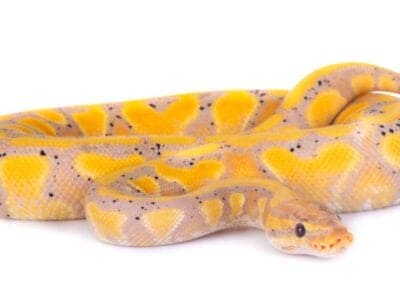The Flag of Western Sahara
The flag of Western Sahara is designed with the Islamic star and crescent symbol which are historical images representing Islam. The flag has three horizontal bands; black signifying death, white for peace and green representing life. The red triangle to the left symbolizes the history and political growth of the country.
Below you can find a complete list of Western Saharan animals. We currently track 126 animals in Western Sahara and are adding more every day!
Western Saharan Animals

Admiral Butterfly
Stunningly beautiful wings
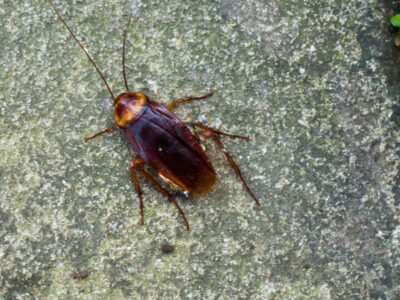
American Cockroach
Despite its name, actually originated from Africa and the Middle East

Armyworm
They are so named because they "march" in armies of worms from one crop to another in search of food

Banana Spider
People spin clothing and fishing nets out of these spiders’ silk.

Barn Owl
Found everywhere around the world!

Bed Bugs
Bed bugs feed for 4-12 minutes.

Bee
Rock paintings of bees date back 15,000 years

Beetle
There are more than 350,000 different species

Bichir
The bichir species is more than 400 million years old

Biscuit Beetle
The biscuit beetle form a symbiotic relationship with yeast
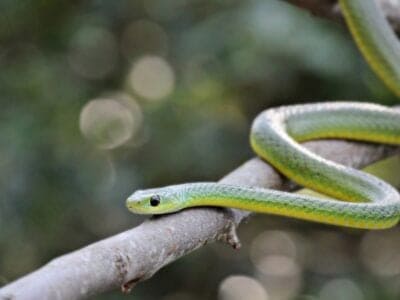
Boomslang
Boomslangs are primarily arboreal but sometimes come to the ground.

Brazilian Treehopper
“Mild-Mannered Minimonsters”
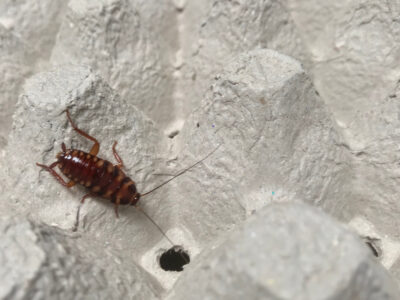
Brown-banded Cockroach
Females glue egg cases to furniture

Brown Dog Tick
Can live its entire life indoors

Butterfly
There are thought to be up 17,500 species!

Caecilian
Some species' babies use their hooked or scraper-like teeth to peel off and eat their mother's skin

Carpenter Ant
Carpenter ants can lift up to seven times their own weight with their teeth!
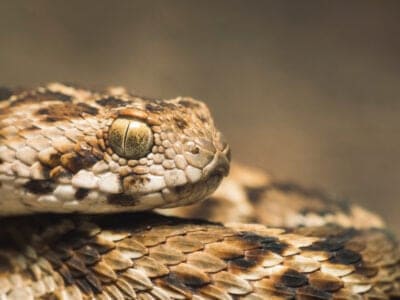
Carpet Viper
The Carpet Viper probably bites and kills more people than any other species of snake.

Caterpillar
The larvae of a moth or butterfly!

Centipede
There are about 3,000 documented species!

Chicken
First domesticated more than 10,000 years ago!

Codling Moth
Pupae are able to undergo diapause to survive poor fruit yield years and winter.

Common Furniture Beetle
The common furniture beetle feeds exclusively on wood

Common House Spider
House spiders have the ability to eat most insects in a home.

Cormorant
They can fly 35 mph and dive 150 feet below water.

Crab Spider
Crab Spiders can mimic ants or bird droppings

Cricket
Male crickets can produce sounds by rubbing their wings together

Crow
A group of these birds is called a Murder.
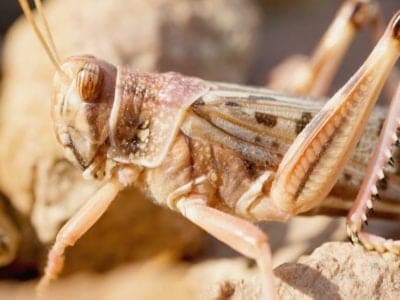
Desert Locust
Solitary locusts are grey while gregarious locusts are yellow with stripes.

Dog Tick
Dog ticks feed on dogs and other mammals

Dragonfly
It's larvae are carnivorous!

Duck
Rows of tiny plates line their teeth!

Dung Beetle
The dung beetle can push objects many times its own weight
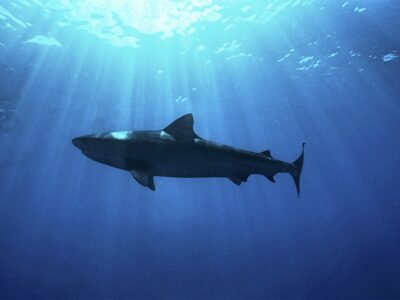
Dusky Shark
The Dusky Shark sometimes eats trash discarded by humans.

Earthworm
They are hermaphrodites, which means they have male and female organs

Earwig
There are nearly 2,000 different species!

Eel
Eels can be a mere few inches long to 13 feet!
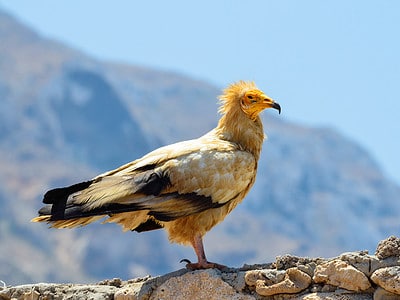
Egyptian Vulture
They steal large ostrich eggs and use rocks and pebbles to crack the shells.
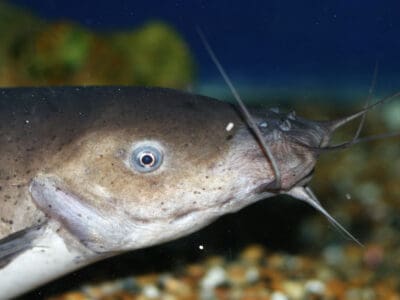
Electric Catfish
The electric catfish can discharge an electric shock up to 450 volts

Elephant
Spends around 22 hours a day eating!
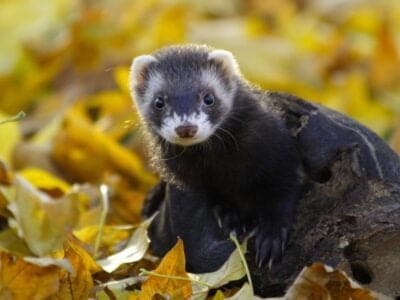
European Polecat
Its fur changes color in the winter!

Falcon
The fastest creatures on the planet!

False Widow Spider
False spiders actually prey on black widow spiders and other hazardous spiders
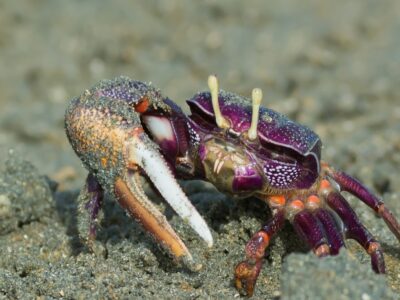
Fiddler Crab
The fiddler crab gets its name from the motion the males make with their over-sized claw during the mating ritual.

Firefly
The firefly produces some of the most efficient light in the world

Flea
Adult fleas can jump up to 7 inches in the air

Frog
There are around 7,000 different species!

Fruit Fly
Fruit flies are among the most common research animals in the world
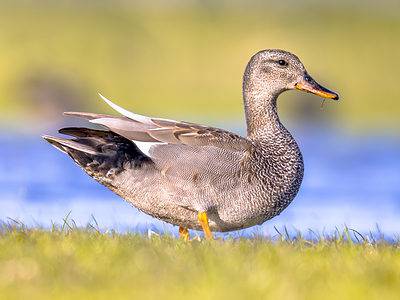
Gadwall
They make many sounds when trying to attract a mate.

Gazelle
Named for the Arabic word for love poems

Gerbil
Originally known as the Desert Rat!

German Cockroach
The most common type of urban roach

Glowworm
Found inhabiting dense woodland and caves!

Gnat
Males form large mating swarms at dusk

Goat
Most closely related to the Sheep!

Golden Eagle
Their calls sound like high-pitched screams, but they are quiet most of the time.

Grasshopper
There are 11,000 known species!

Grey Heron
Male grey herons are picky about their mates. They'll reject a female that they don't fancy.

Gypsy Moth
One of the most invasive species in the world

Hawk Moth Caterpillar
Many hawk moth caterpillars eat toxins from plants, but don’t sequester them the way milkweed butterflies do. Most toxins are excreted.

Heron
Inhabits wetlands around the world!
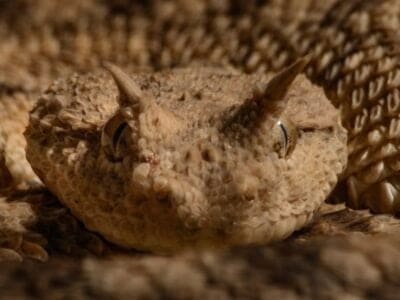
Horned Viper
Horned vipers sidewind across the desert sands of their home.

Horsefly
Horseflies have been seen performing Immelmann turns, much like fighter jets.

Housefly
The fly has no teeth

Huntsman Spider
Some huntsman spiders have an interesting way of moving around. Some cartwheel while others do handsprings or backflips.

Jacana
The jacana has the ability to swim underwater

Jack Crevalle
One of the biggest species in the Caranx genus

Jumping Spider
Some can jump 50 times the length of their bodies

Ladybug
There are more than 5,000 species worldwide!

Leech
Has 10 pairs of eyes!

Lizard
There are around 5,000 different species!

Locust
Each locust can eat its weight in plants each day.

Maggot
Will only live in wet areas

Mealybug
They have a symbiotic relationship with ants.

Mosquito
Only the female mosquito actually sucks blood

Nematode
Nematodes range in size from 1/10 of an inch to 28 feet long

No See Ums
There are more than 5,000 species.

Olive Baboon
Olive baboons will sometimes form strong friendships with each other

Orb Weaver
Females are about four times the size of males

Ortolan Bunting
The tradition of hiding your face with a napkin or towel while eating this bird was begun by a priest who was a friend of the great French gastronome Jean Anthelme Brillat-Savarin.

Osprey
They reuse nesting sites for 70 years!

Owl
The owl can rotate its head some 270 degrees

Pigeon
They can find their way back to their nests from up to 1300 miles away.
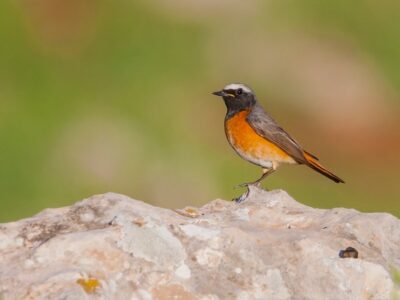
Redstart
They build their nests off the ground in tree holes, cavities, stone walls, and roofs

Rodents
The capybara, the world’s largest rodent, likes to be in and around bodies of water. Because of this, the Catholic Church in South America decided that it was a fish, and people were allowed to eat it during Lent and First Fridays.

Rooster
Will mate with the entire flock!

Sable Ferret
Ferrets were used during the Revolutionary War to keep down the rat population.

Sand Cat
They can survive for weeks without drinking water because the get moisture from their prey.

Sand Crab
The sand crab burrows beneath the sand with its tail
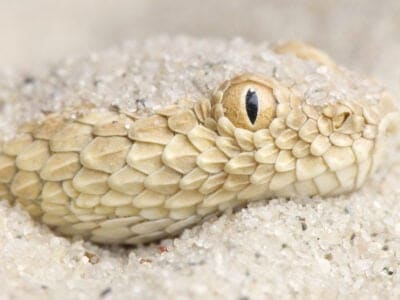
Sand Viper
Sand vipers are nuisance snakes in some areas.

Scorpion
There are around 2,000 known species!

Sea Eagle
The sea eagle tends to mate for life with a single partner

Sheep
Around 35 million in the English countryside!

Shrew
The spinal column of the shrew Scutisorex somereni is so strong and reinforced that it can support the weight of an adult human.

Skink Lizard
Some skinks lay eggs in some habitats while giving birth to skinklets in other habitats.

Slug
They glide around on one foot, which is aided by the slime they produce

Smokybrown Cockroach
Has up to 45 eggs per egg case

Snail
There are nearly 1,000 different species!

Snake
There are around 4,000 known species worldwide

Sparrow
There are 140 different species!

Spider Wasp
They prey on spiders to feed their larvae or they parasitize other spider wasps.
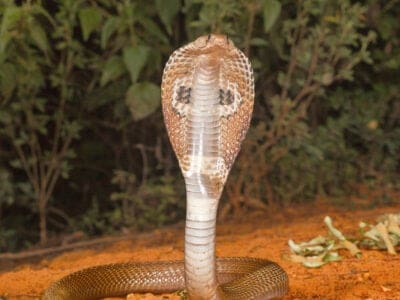
Spitting Cobra
Spitting cobras are types of cobras that can spit venom at predators and prey.

Squirrel
Small rodents found in woodlands worldwide!

Stork
They can’t sing like other birds.
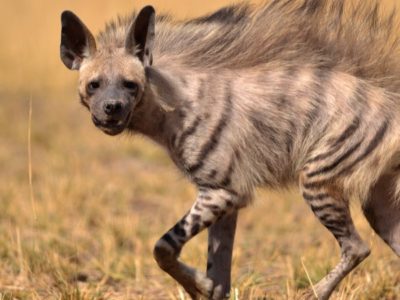
Striped Hyena
The striped hyenas usually mark their territories with the help of the scent gland secretions from their anal pouch.

Tarantula Hawk
Tarantula hawks are excellent pollinators, especially for milkweed.
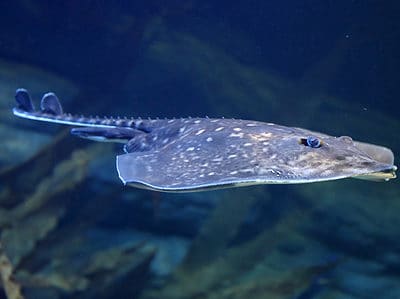
Thornback Ray
The skate with the biggest spines!

Thrush
The American robin is called the robin because its red breast reminded European settlers of the robin back in the old country.

Tick
They inject hosts with a chemical that stops them from feeling the pain of the bite

Tiger Beetle
The adult tiger beetle is one of the fastest land insects in the world

Tortoise
Can live until they are more than 150 years old!

Tree Frog
Found in warmer jungles and forests!
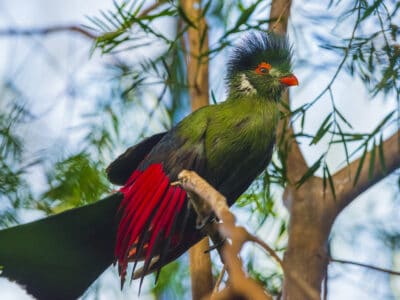
Turaco
Their name means “banana-eater,” but they rarely ever eat bananas.

Turtles
Some species of aquatic turtles can get up to 70 percent of their oxygen through their butt.

Vinegaroon
Vinegaroons can spray 19 times before the glands are depleted

Viper
Vipers are one of the most widespread groups of snakes and inhabit most

White Ferret / Albino Ferrets
There are two different types of white ferrets!
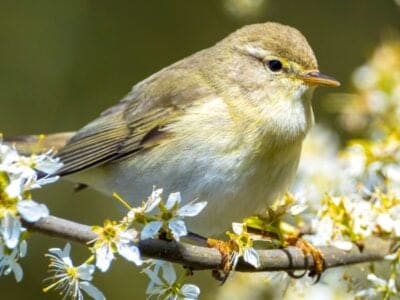
Willow Warbler
This bird molts twice a year.

Woodlouse
This animal can roll up into a ball

Woodlouse Spider
Unlike most spiders, woodlouse spiders don’t build a web.

Woodpecker
There are 200 different species!

Worm
Doesn’t have eyes.

Wryneck
They feign death by making their bodies limp and closing their eyes.
Western Saharan Animals List
- Admiral Butterfly
- American Cockroach
- Armyworm
- Banana Ball Python
- Banana Spider
- Barn Owl
- Bed Bugs
- Bee
- Beetle
- Bichir
- Biscuit Beetle
- Boomslang
- Brazilian Treehopper
- Brown-banded Cockroach
- Brown Dog Tick
- Butterfly
- Caecilian
- Carpenter Ant
- Carpet Viper
- Caterpillar
- Centipede
- Chicken
- Codling Moth
- Common Furniture Beetle
- Common House Spider
- Cormorant
- Crab Spider
- Cricket
- Crow
- Cuckoo
- Desert Locust
- Dog Tick
- Dragonfly
- Duck
- Dung Beetle
- Dusky Shark
- Earthworm
- Earwig
- Eel
- Egyptian Vulture
- Electric Catfish
- Elephant
- European Polecat
- Falcon
- False Widow Spider
- Fiddler Crab
- Firefly
- Flea
- Frog
- Fruit Fly
- Gadwall
- Gazelle
- Gerbil
- German Cockroach
- Glowworm
- Gnat
- Goat
- Golden Eagle
- Grasshopper
- Grey Heron
- Gypsy Moth
- Hawk Moth Caterpillar
- Heron
- Horned Viper
- Horsefly
- Housefly
- Huntsman Spider
- Jacana
- Jack Crevalle
- Jumping Spider
- Ladybug
- Leech
- Lizard
- Locust
- Maggot
- Mealybug
- Mosquito
- Nematode
- No See Ums
- Olive Baboon
- Orb Weaver
- Ortolan Bunting
- Osprey
- Owl
- Pigeon
- Redstart
- Rodents
- Rooster
- Sable Ferret
- Sand Cat
- Sand Crab
- Sand Viper
- Scorpion
- Sea Eagle
- Sheep
- Shrew
- Skink Lizard
- Slug
- Smokybrown Cockroach
- Snail
- Snake
- Sparrow
- Spider Wasp
- Spitting Cobra
- Squirrel
- Stork
- Striped Hyena
- Swallowtail Butterfly
- Tarantula Hawk
- Thornback Ray
- Thrush
- Tick
- Tiger Beetle
- Tortoise
- Tree Frog
- Turaco
- Turtles
- Vinegaroon
- Viper
- White Ferret / Albino Ferrets
- Willow Warbler
- Woodlouse
- Woodlouse Spider
- Woodpecker
- Worm
- Wryneck



